Fuzhou, the capital of Fujian Province, blends riverfront charm, ancient lanes, and a vibrant tea culture. Known as the “City of Banyans,” it offers leafy boulevards, Ming–Qing heritage, and a relaxed coastal vibe. Whether you’re exploring centuries-old alleys, tasting delicate fish balls, or gazing at the Min River, Fuzhou greets every traveler with history and warmth. From Sanfang Qixiang’s traditional courtyards to the bustling markets of Shangxiahang, the city unfolds as a living museum of southern Chinese culture.
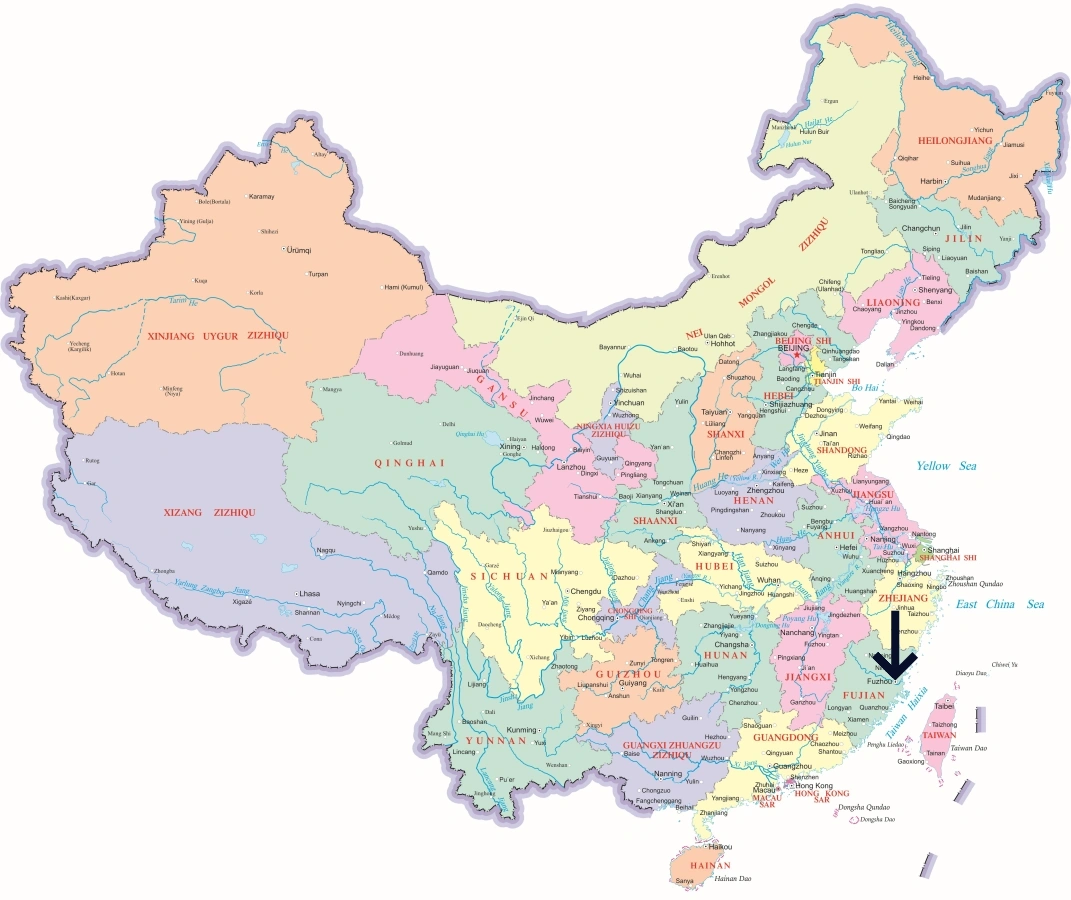
Fuzhou’s highlights stretch from well-preserved historical quarters to scenic mountain landscapes. Stroll the Sanfang Qixiang (Three Lanes and Seven Alleys) for a glimpse of Ming and Qing life, or wander Shangxiahang Historic District for lively shops and snacks. Admire West Lake Park and its classical gardens, then venture to Drum Mountain (Gushan) for sweeping city views. A short trip away, Pingtan Island offers turquoise seas, fishing villages, and windswept coastlines that connect Fuzhou to the world.
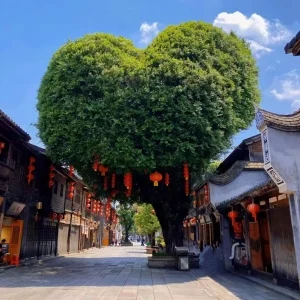
A historic district in Fuzhou featuring Ming and Qing dynasty residences, cultural heritage, and charming alleys. It’s known as the “living fossil of Chinese urban history and culture.”
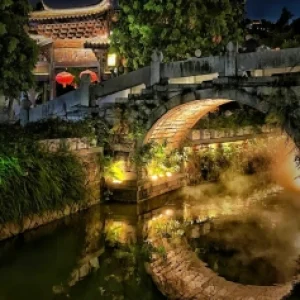
One of Fuzhou’s oldest commercial streets, Shangxiahang blends ancient architecture, traditional shops, and vibrant markets. It showcases Fuzhou’s maritime culture, folk traditions, and centuries of thriving trade and community life.
Fuzhou cuisine is delicate, aromatic, and slightly sweet, famed for its light broths and seafood. Don’t miss Fuzhou fish balls with savory pork filling, the festive Eight-Treasure Rice, or the crispy Oyster Cake (Hai Li Bing). Traditional banquets feature Rouyan (pork dumplings with thin wrappers) and taro-based desserts, while local night markets tempt with fried meat cakes and steaming rice snacks. Every bite carries the subtle flavors of Fujian’s coastal heritage.
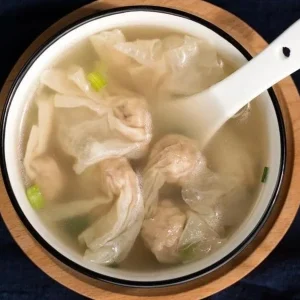
A signature Fuzhou delicacy made with pork filling wrapped in a paper-thin dough of pork starch. Known for its tender texture, delicate taste, and rich cultural heritage in local banquets.
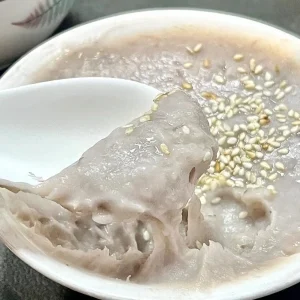
A traditional dessert made from mashed taro, mixed with lard and sugar. Smooth, fragrant, and sweet, it’s a beloved Fuzhou specialty often served at family gatherings and celebrations.
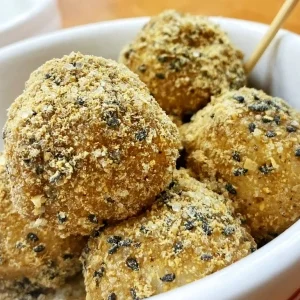
A soft, steamed rice-based snack unique to Fuzhou. Lightly sweet and chewy, it reflects local traditions of rice food culture, offering both a nostalgic and comforting culinary experience.
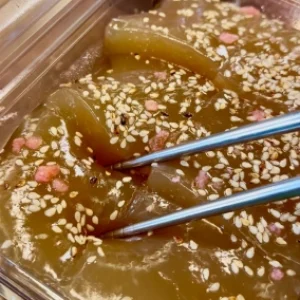
A savory dish featuring ground pork mixed with flour, pan-fried into golden patties. Crispy outside and tender inside, it’s a popular street food showcasing Fuzhou’s home-style flavors.
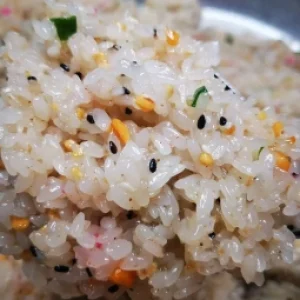
A festive dessert made from glutinous rice topped with eight kinds of candied fruits, nuts, and sweet syrup. It symbolizes good fortune, happiness, and prosperity during traditional celebrations.
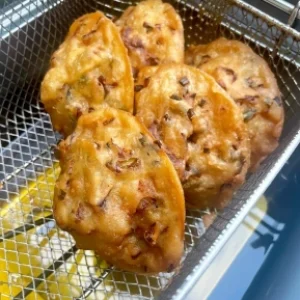
A crispy golden snack filled with oysters, pork, vegetables, and batter. Famous in Fuzhou street markets, it offers a rich seafood flavor and crunchy texture, loved by locals and travelers.
Fuzhou’s growing metro system (Line 1, 2, and more expanding) makes it easy to zip between districts. Public buses and affordable taxis cover the city, while Fuzhou Changle International Airport (FOC) connects travelers with destinations across Asia. High-speed trains from Fuzhou Railway Station and Fuzhou South whisk you to Xiamen in under an hour and to Shanghai in about four hours. Ride-hailing apps and shared bikes fill in the gaps for flexible urban exploration.
Luxury seekers can stay in riverside hotels near Gulou District, close to Sanfang Qixiang’s historic atmosphere. Business travelers prefer Cangshan District, with modern malls and convenient metro links. Budget-friendly guesthouses dot the old quarters of Taijiang and Shangxiahang, while nature lovers can base themselves near Drum Mountain for hiking and temple visits. Resorts on Pingtan Island offer a peaceful escape with sea views.
With attractions, food, and lodging covered, create an itinerary that balances heritage and leisure. Spend mornings wandering shaded alleys, afternoons sipping jasmine tea by West Lake, and evenings sampling seafood at bustling night markets. Don’t miss a boat ride along the Min River or a hike up Gushan’s stone trails. Capture banyan-lined boulevards glowing in sunset light—memories that make Fuzhou unforgettable.
The best time to visit is spring (Mar–May) and autumn (Sep–Nov) when temperatures are mild. Summers can be hot and humid with typhoon risk, while winters are cool but comfortable. Bring cash or mobile payment apps like Alipay/WeChat Pay for small eateries. Avoid traveling during Golden Week (early October) when crowds peak. An umbrella is useful year-round for sudden showers.
Fuzhou, the capital of Fujian Province, covers about 12,153 sq km. It is an important coastal city and a gateway for China’s Maritime Silk Road. The permanent population is approximately 8.3 million.
Here’s a breakdown by district:
Note: Population figures are based on latest estimates and may vary slightly.
Fuzhou has a humid subtropical climate, with hot and humid summers, mild winters, and abundant rainfall. It is known for long frost-free periods and frequent typhoon influence in summer.
Here’s what to expect month by month:
Best travel season: March to May, and September to November.
Here are the postal and telephone codes for major districts in Fuzhou:
Explore detailed travel guides for China’s most popular cities, covering attractions, local food, accommodations, and transportation tips.

 English (US)
English (US)